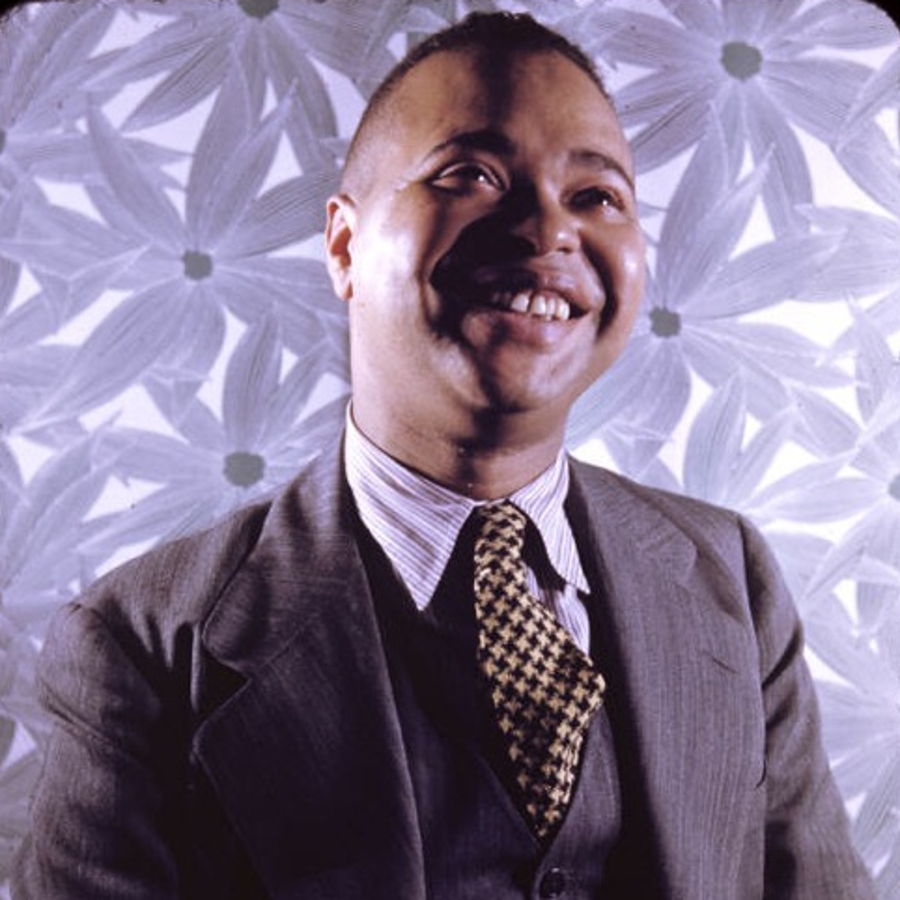To John Gaston Edgar
I have wrapped my dreams in a silken cloth,
And laid them away in a box of gold;
Where long will cling the lips of the moth,
I have wrapped my dreams in a silken cloth;
I hide no hate; I am not even wroth
Who found earth’s breath so keen and cold;
I have wrapped my dreams in a silken cloth,
And laid them away in a box of gold.
Published:
1925
Length:
Regular
Literary Movements:
Harlem Renaissance
Anthology Years:
2022
Themes:
Faith & Hope
Literary Devices:
Imagery
visually descriptive or figurative language, especially in a literary work
Metaphor
a comparison between two unrelated things through a shared characteristic
Personification
the attribution of human qualities to a non-human thing
Repetition
a recurrence of the same word or phrase two or more times

